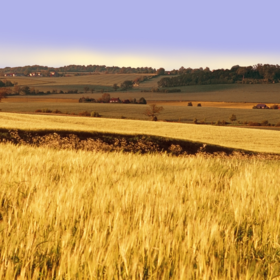
Radiant Earth Spot the Crop XL Challenge
Helping South Africa
$8 800 USD
Challenge completed ~4 years ago
Classification
Earth Observation
347 joined
50 active
Start
Jul 05, 21
Close
Oct 03, 21
Reveal
Oct 03, 21
2nd place solution
Notebooks · 8 Dec 2021, 09:58 · 0
Many thanks to Zindi and other organizers for this exciting challenge.
Many thanks to my teammate @DrFad
Solution Approach
Data Download and Manipulation
- Images were downloaded in batches to avoid out of memory error as colab TPU has a maximum of 35GB RAM
- The images were zipped and stored in google drive.
- Images with a 10-day frequency were used to get the raw image pixels
- Images at the start and end of every month were also processed to raw NumPy values
- Pyspark was used to get the mean of the pixel values for each field. Pyspark was utilized because the data was quite huge and because of limited compute resources.
Feature Engineering and Preprocessing
- Removed skewness using square root
- Vegetation indices calculations
- Vegetation Indices aggregation - mean
- Vegetation indices differences between different periods
- Quantiles
- Filled missing and infinite numbers with -999999
Model Training
- Catboost classifier trained on vegetation indices data using a 10 stratified cross-validation strategy
- LGBM classifier trained on vegetation indices data using a 10 stratified cross-validation strategy
- A PyTorch classifier trained on raw image pixels.
Final Model
- The final model is an ensemble of boosting trees i.e LGBM and catboost and a PyTorch classifier
Link to the solution: https://github.com/DariusTheGeek/Radiant-Earth-Spot-the-Crop-XL-Challenge
Discussion 0 answers